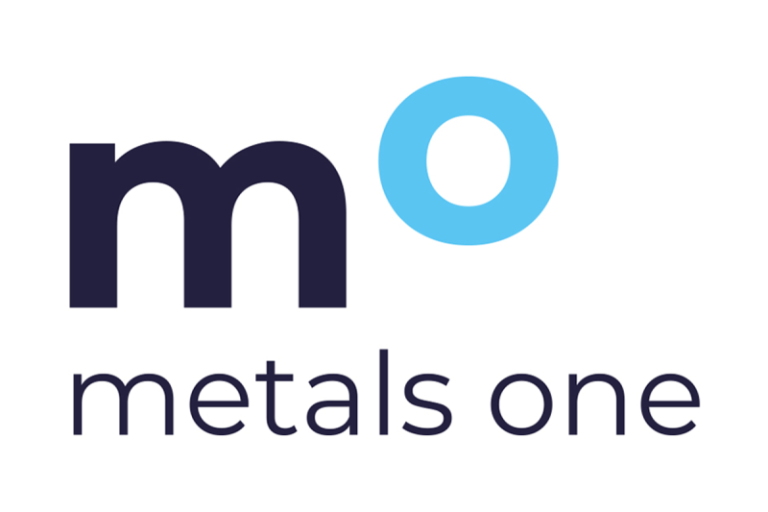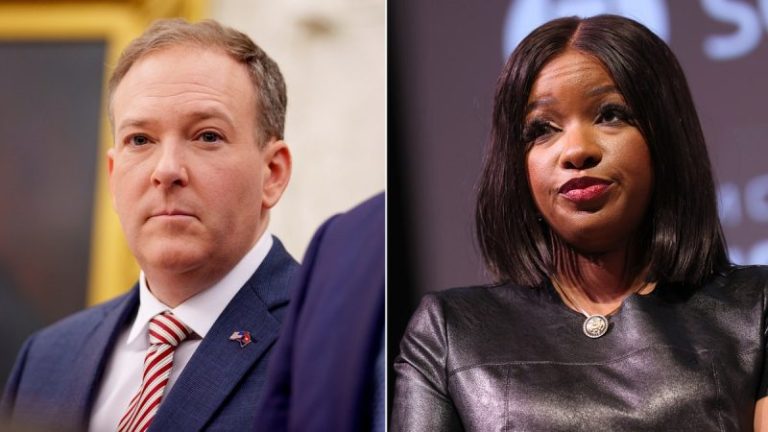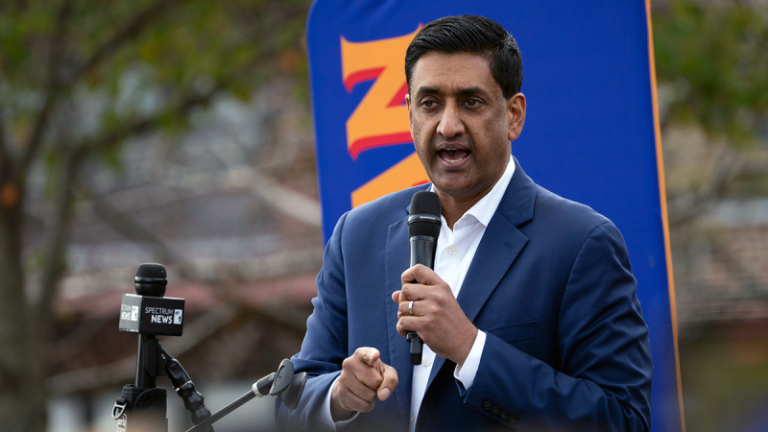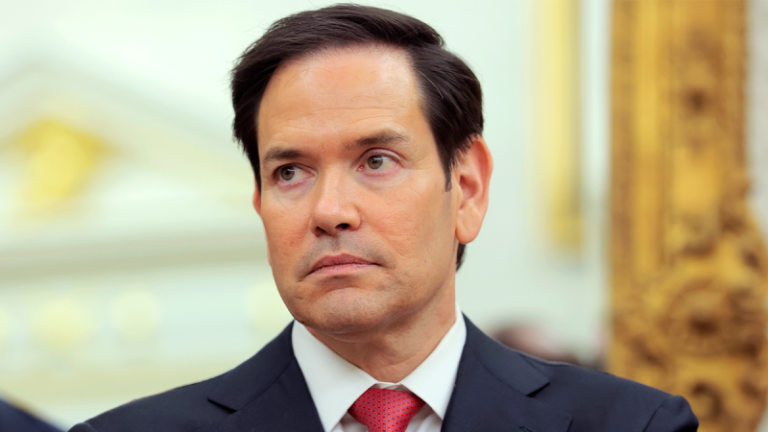(TheNewswire)
GRANDE PRAIRIE, ALBERTA TheNewswire – (Nov. 20, 2025): Angkor Resources Corp. (TSXV: ANK,OTC:ANKOF) (‘ANGKOR’ OR ‘THE COMPANY’) announces further analysis, assays, and conclusions on the drill core from Andong Bor license in Oddar Meanchey Cambodia.
Dennis Ouellette, VP Exploration for Angkor, with associate geologists has reviewed the Andong Bor drill core from historical drilling with the most recently 2025 drilled holes 009 and 010. The two new holes (ABDDH25 -009, -010), of which 009 was substantially deeper, has sections of drill core, roughly from 245 metres to 316 metres in which mineralization with abundant pyrite and chalcopyrite was observed.
Previously, in late 2022, analysis was based only on core drilled by a different company. (see press release ANGKOR CONFIRMS 108 METRES OF 0.53% COPPER EQUIVALENT AT ANDONG BOR, CAMBODIA | Angkor Resources Corp. )The 2025 drill core from both holes is being logged in detail and cut for sampling purposes.
Click Image To View Full Size
Figure 1 Drill core being cut in half in preparation for assays.
Further conclusions from the analysis indicate that the structural relationship between the intrusive rock and the host sedimentary rock was not revealed in the previous drilling (ADBDH16-005, -006, -007, -008) as all the contacts were faulted or there was poor core recovery at those sites.
Click Image To View Full Size
Figure 2 Drill core marked for cutting (see pink lines on core at bottom of picture).
Mr. Ouellette summarizes findings, ‘The best copper mineralization in Andong Bor diamond drill core is hosted by the sedimentary rocks. The diorite (coarse-grained rock) feldspar porphyry intrusive rocks can host low grade copper porphyry-style mineralization, such as ‘B’ and ‘D’ style veins and disseminations. However, in proximity to the highly reactive wallrock (where the intrusive rock is surrounded by the sedimentary rock), the assay values increase dramatically.’
He continues with other conclusions, ‘ The contacts where sedimentary rock and intrusive rock have met are very steep – from 70 to 80 degrees. Mineralization within the sediments is both disseminated and along fractures parallel to these contacts. This implies significant ground preparation (probably with magma or similar catalysts) prior to mineralization. The sedimentary (country) rock was heavily fractured, so when the intrusion and mineralization events occurred, they followed the pre-existing fractures. Knowing this impacts the design of our continuation of the drill program in a manner which we expect will result in both shallower and increased mineralized intercepts.’
Assays will be forwarded to ALS when all core cutting is completed and plans for continuation of drilling extend into 2026.
QUALIFIED PERSON:
Dennis Ouellette, B.Sc., P.Geo., is a member of The Association of Professional Engineers and Geoscientists of Alberta (APEGA #104257) and a Qualified Person as defined by National Instrument 43-101 (‘NI 43-101’). He is the Company’s VP Exploration on site and has reviewed and approved the technical disclosure in this document.
ABOUT Angkor Resources CORPORATION:
Angkor Resources Corp. is a public company, listed on the TSX-Venture Exchange, and is a leading resource optimizer in Cambodia working towards mineral and energy solutions across Canada and Cambodia. The company’s mineral subsidiary, Angkor Gold Corp. in Cambodia holds two mineral exploration licenses in Cambodia with multiple prospects of copper and gold.
Its Cambodian energy subsidiary, EnerCam Resources, was granted an onshore oil and gas license of 7300 square kilometres in the southwest quadrant of Cambodia called Block VIII. The company then removed all parks and protected areas and added 220 square kilometres, making the license just over 4095 square kilometres. EnerCam is actively advancing oil and gas exploration activities onshore to meet its mission to prove Cambodia as an oil and gas producing nation.
Since 2022, Angkor’s Canadian subsidiary, EnerCam Exploration Ltd., has been involved in oil and gas production in Saskatchewan, Canada and undertaken carbon and gas capture to reduce emissions. ANGKOR’s carbon capture and gas conservation project is part of its long-term commitment to Environmental and Social projects and cleaner energy solutions across jurisdictions.
CONTACT: Delayne Weeks – CEO
Email:- info@angkorresources.com Website: angkor resources.com
Telephone: +1 (780) 568-3801
Please follow @AngkorResources on , , , Instagram and .
Neither TSX Venture Exchange nor its Regulation Services Provider (as that term is defined in the policies of the TSX Venture Exchange) accepts responsibility for the adequacy or accuracy of this release.
Certain information set forth in this news release may contain forward-looking statements that involve substantial known and unknown risks and uncertainties. These forward-looking statements are subject to numerous risks and uncertainties, certain of which are beyond the control of the Company, including, but not limited to the potential for gold and/or other minerals at any of the Company’s properties, the prospective nature of any claims comprising the Company’s property interests, the impact of general economic conditions, industry conditions, dependence upon regulatory approvals, uncertainty of sample results, timing and results o f future exploration, and the availability of financing.
Readers are cautioned that the assumptions used in the preparation of such information, although considered reasonable at the time of preparation, may prove to be imprecise and, as such, undue reliance should not be placed on forward-looking statements.
Copyright (c) 2025 TheNewswire – All rights reserved.
News Provided by TheNewsWire via QuoteMedia










